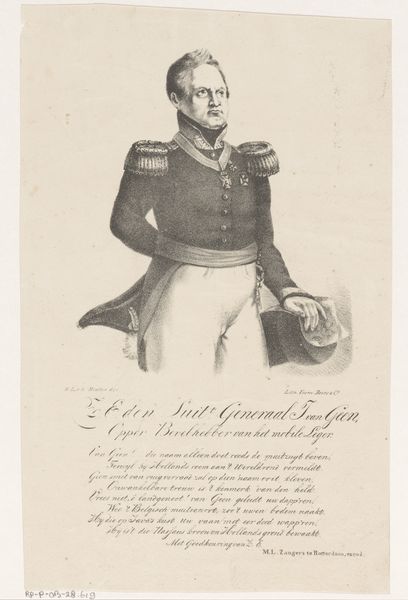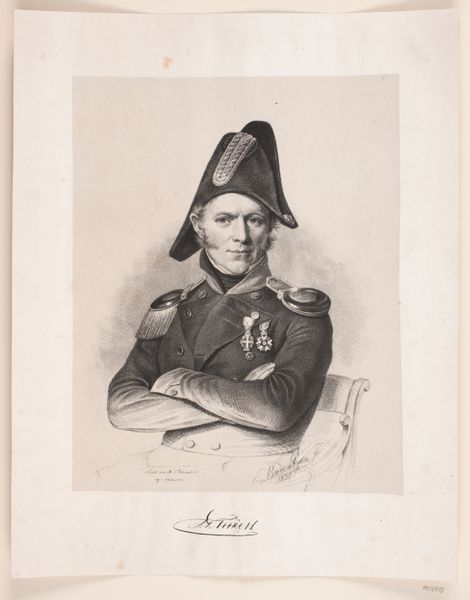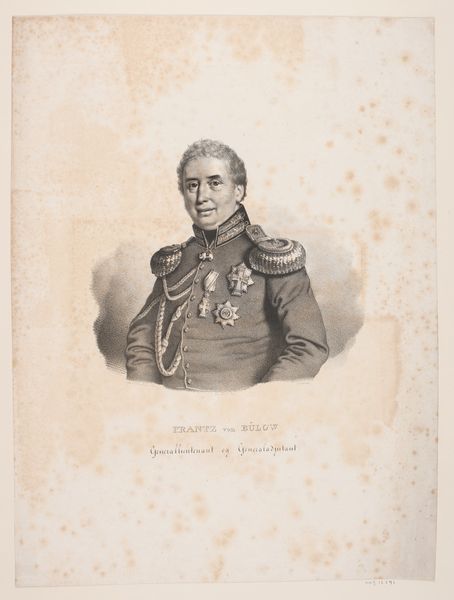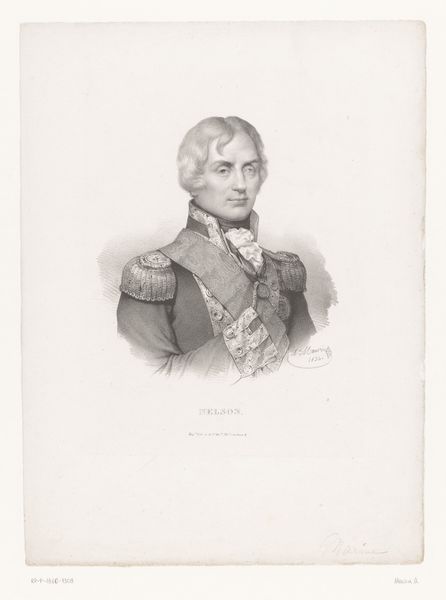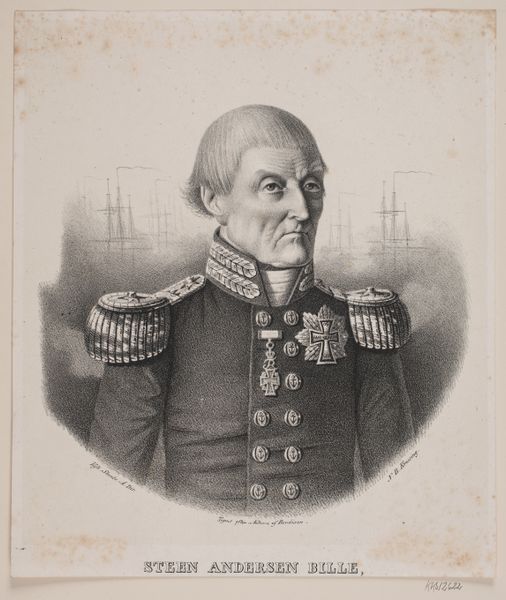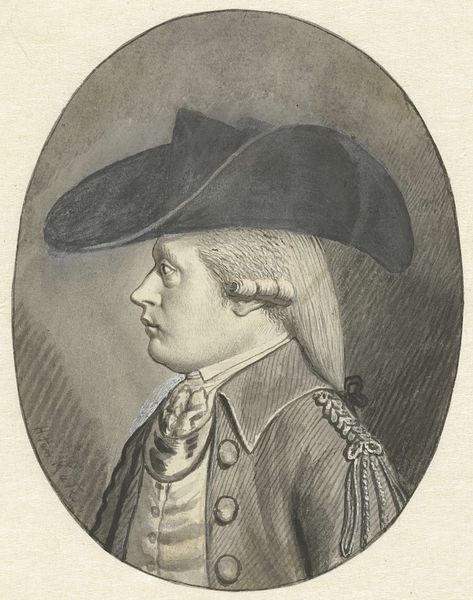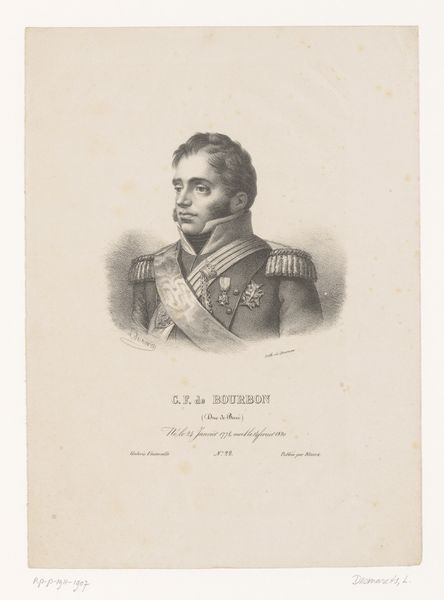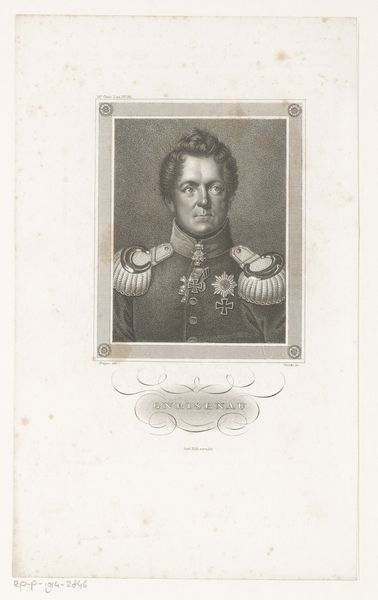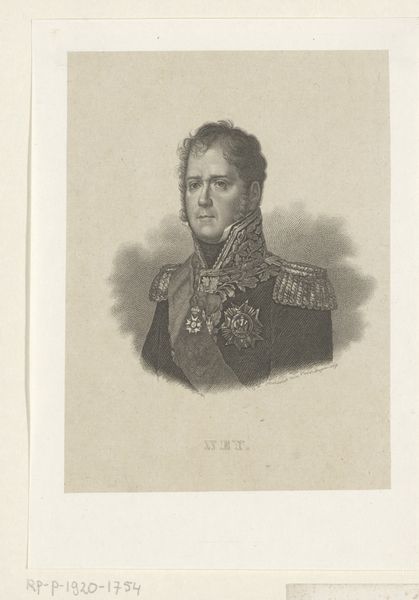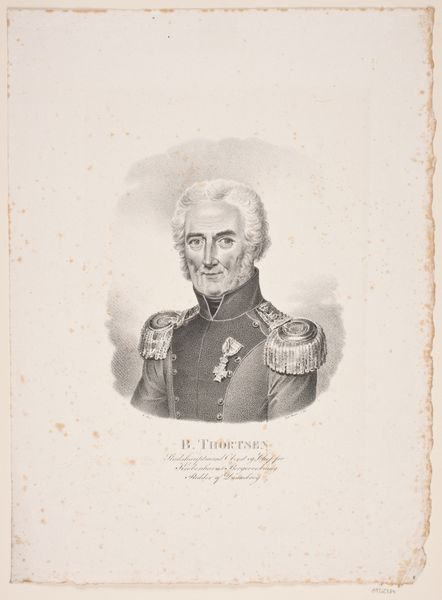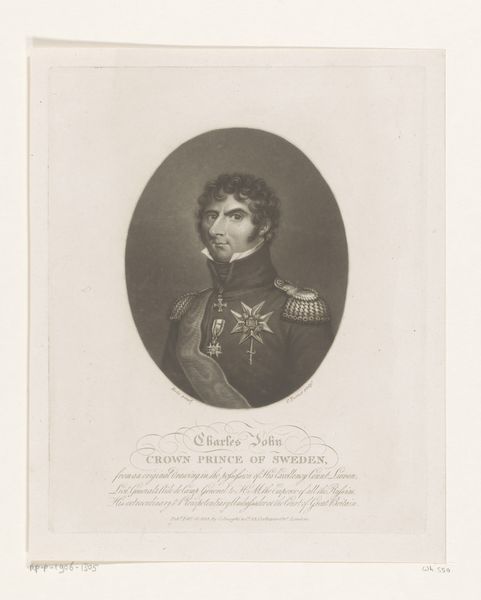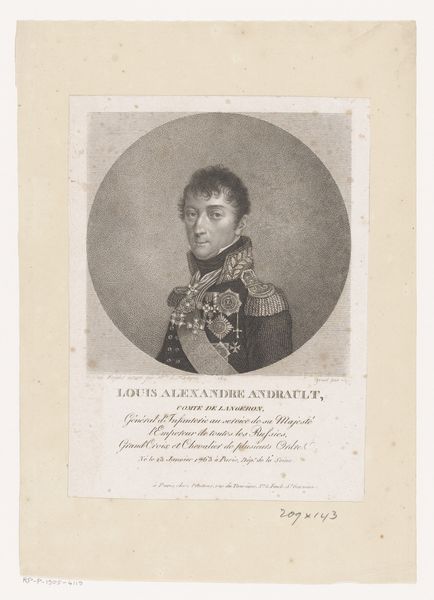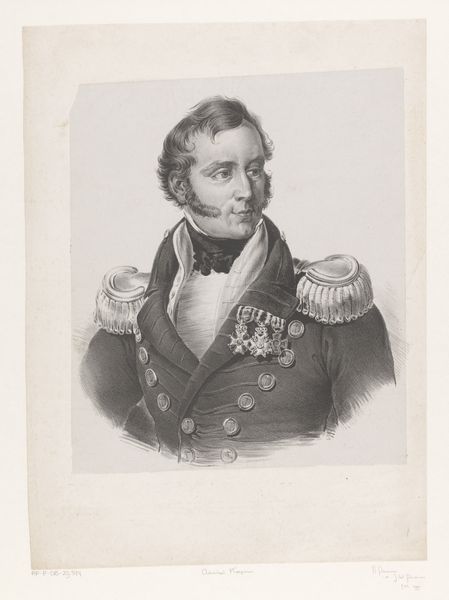
print, etching, engraving
#
portrait
#
neoclacissism
# print
#
etching
#
caricature
#
romanticism
#
portrait drawing
#
history-painting
#
engraving
Dimensions: height 444 mm, width 310 mm
Copyright: Rijks Museum: Open Domain
Editor: This is "Portret van Napoleon I Bonaparte als eerste consul," from around 1829, by Zépherin Belliard. It's an engraving, so a print, which immediately makes me wonder about its accessibility. How do we understand a portrait like this through the lens of its mass production and intended audience? Curator: It’s interesting to consider this portrait not just as an image of power, but as a commodity produced within a specific economic framework. Think about the materials: paper, ink, the metal plate itself. Each component speaks to the networks of trade and labor necessary to create and distribute this image of Napoleon. What does that suggest to you about its role? Editor: It makes me think about propaganda. Were these mass-produced images a way to disseminate a specific idea of Napoleon, and if so, how did the materials and methods of production contribute to that? Curator: Exactly! The very act of reproducing his image, making it readily available, was a way of controlling and shaping his public image. Consider also the role of the engraver, Belliard, in this process. His labor, his skill, served to perpetuate this idealized image. How does this perspective change your understanding of Neoclassical portraiture? Editor: I usually think of portraiture as highlighting the individual, but seeing it through a materialist lens shows me how it can also be about controlling the narrative on a mass scale through production. I'm also questioning whether Neoclassical style was a strategic way to manufacture the aesthetic values themselves through controlled craft. Curator: Precisely. By understanding the means of production and consumption, we gain insight into how art reinforces social and political power. The lines between fine art, craft, and even propaganda become blurred when we analyze the materiality and its context. Editor: I'll never look at a historical portrait the same way again! Curator: Nor will I.
Comments
No comments
Be the first to comment and join the conversation on the ultimate creative platform.
